In search of a local alternative, we've uncovered a bean with an ancient British history that is making a big comeback.
"The world is but a hill of beans,” so begins Ken Albala’s book dedicated to beans. “Nearly every place on earth has its own native species and nearly every culture has depended on beans.”
At the mention of a British variety, however, most people think of baked beans – navy beans stewed in thick, sweet, tomato sauce. But despite a can being sold every 17 seconds, centuries before the advent of Heinz’s 57 varieties there was another bean that dominated the British diet. Thanks to one company who are championing its revival, the reign of the fava bean might not yet be over.
Fava beans facts
- The beans originate from the Fertile Crescent in the Middle East, an area of land encompassing the Nile valley and Mesopotamia.
- Field beans are grown across the UK as part of farm crop rotations, with most being exported to the Middle East or sold for animal feed. The organic beans sold by Hodmedod for human consumption are grown in the Yorkshire Wolds, but they also sell beans grown in Gloucestershire, Norfolk and Lincolnshire.
- Approximately 740,000 tonnes of fava beans are harvested each year in the UK on around 170,000 hectares of land.
- The worth to the UK economy is almost £100 million a year, but this is based on animal feed prices; beans grown for human consumption could fetch a higher price for farmers.
- Where to buy them? Hodmedod’s fava beans can be found in independent wholefood shops across the country and via their website. You can also buy their canned whole beans from Ocado.

You’d be forgiven for never having heard of a fava bean; the three founders of the Suffolk-based company Hodmedod hadn’t either, until a research project found them looking for sources of locally produced vegetable protein. They soon realised they didn’t need to look far as there were huge amounts of beans already being grown in fields across East Anglia.
The fava – or field bean – is from the same Fabaceae species as its more commonly available cousin, the broad bean. But while broad beans are picked and enjoyed fresh in the late spring and early summer, the smaller seeded favas are left to dry on the plant before being harvested in the early autumn.
“We looked into the history and learnt that fava beans have been grown in Britain for thousands of years,” says Hodmedod co-founder Nick Saltmarsh, passing me a cup of tea and smiling warmly. His kitchen is stacked with jars, containing seemingly every kind of pulse or grain, from tiny beige seeds of quinoa to crinkled marrowfat peas.
The cultivation of fava beans originated in the fertile crescent in the Middle East, reaching British tables in the Iron Age. “They became one of the main parts of the British diet; a primary source of protein that could be harvested and stored year-round,” he says. A simple bean stew, known as pottage, would have been central to the diet of most people in the Middle Ages; the more affluent adding spices to flavour and vary the dish.
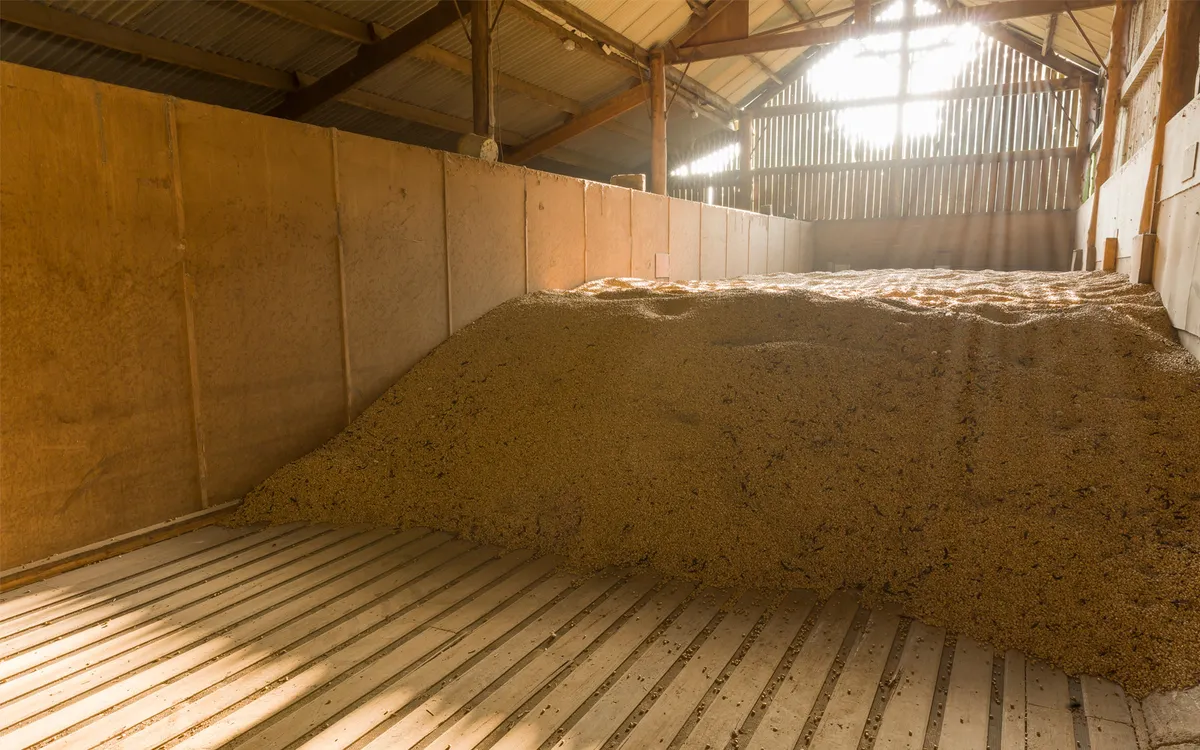
Out of fava
However, the agricultural revolution saw radical changes in the British diet, and it wasn’t long before the fava bean fell out of fashion. “People could afford and access a lot more meat and dairy products,” Nick explains. “Beans became the stigmatised food of the poor.” In fact, by the 18th century, fava beans were almost completely off the menu in the UK. This shift that wasn’t reflected in global diets – in Egypt, the beans are still a key ingredient in the dish ‘ful medames’, regularly eaten for breakfast, as well as featuring in soups, stews and dips across the Mediterranean.
“We need to help people learn how to use them and communicate the different ways they can be cooked”
While the British may have turned their noses up at eating fava beans, our farmers didn’t stop growing them. “They fix nitrogen, so they’re great for the soil and provide a break if you’re growing cereal crops,” Nick says, explaining how the roots host a kind of bacteria that absorbs or ‘fixes’ nitrogen from the atmosphere into the soil. Realising the bounty of local protein on their doorstep, Nick and his colleagues Josiah and William were inspired to revisit the humble fava. “We bought half a tonne of beans from one of the processors. They laughed when we said we were going to persuade people to eat them,” he readily admits, a broad grin breaking across his face. “We packed them up at the kitchen table into little cellophane bags and gave them out to people wherever we could; the feedback was amazingly positive.”
They launched their company, Hodmedod, in 2012 and marketed their first products towards the end of that year: initially simple packets of dried whole and split fava beans, and two types of pea that were traditionally grown and eaten here.

Hello wold bean…
He pours out a bag of their dried fava beans onto the wooden table. Each bean is a rich brown with a lighter ‘notch’ at one end where they were attached in the pod. They’re larger and squatter than the Phaseolus family of bean we’re more familiar with: kidney, navy and cannellini beans.
The beans I’m holding and admiring were grown by Mike Stringer, the third generation of his family to farm an 11,000-acre parcel of land on top of the rolling Yorkshire Wolds. He started growing fava beans when the farm converted to organic in 1999; whatever he doesn’t sell to Hodmedod gets sold to local dairy farmers as feed for the cattle, a common outlet for the UK grown beans that aren’t exported.
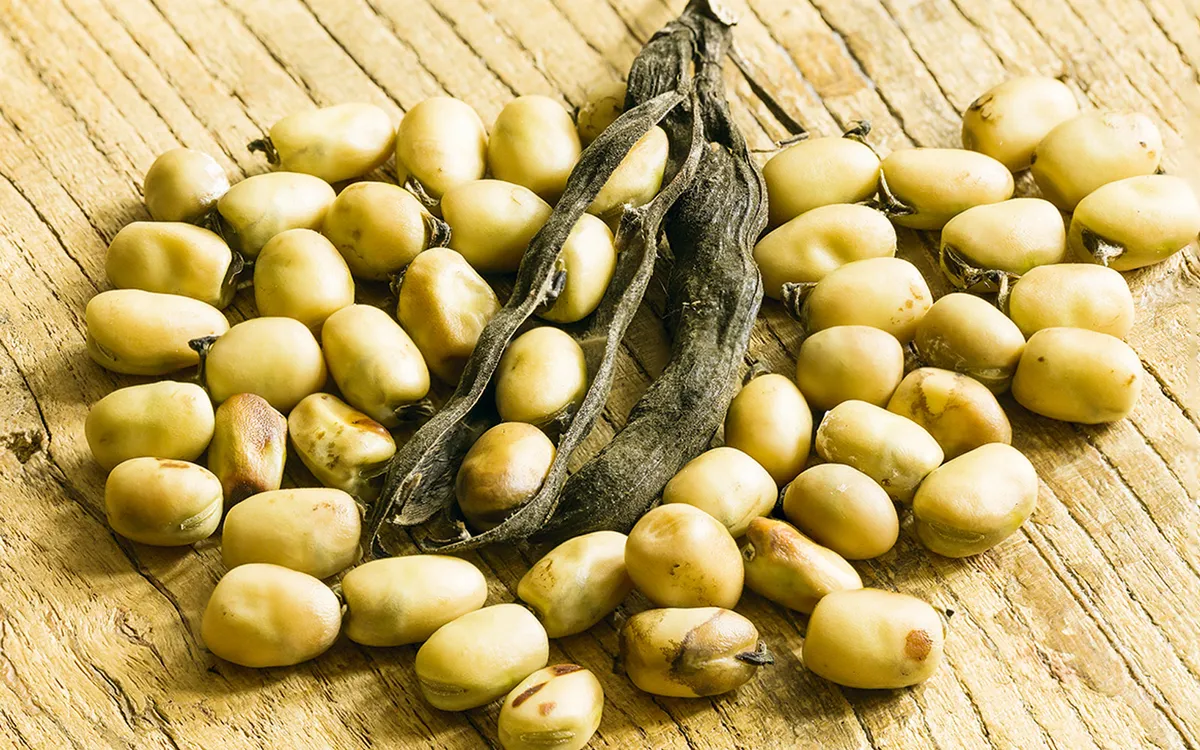
“The pods are left on the plant until they’re dry, but they have to be processed to produce a good clean product,” Nick says, talking me through the series of screens, sieves, gravity tables and colour sorters they pass through. If you want to split them, they go into a big abrasive tumbler, which takes the skin off. Once skinned, the inside of the bean or pea is naturally in two halves. These cream coloured, rough feeling, split beans are familiar; I’ve used them before to make hummus. “We recognised that we need to help people learn how to use them and communicate the different ways that they can be cooked,” he says.
A gleam in his eye, Nick rummages in his bag before placing a small bag of mottled green and gun metal grey lentils on the table; a sample from the first commercial crop of lentils grown in this country and the latest addition to their range. Jumping up, he pulls out more packets and jars from the larder: whole and split peas, pea and fava bean flours, quinoa, barley flakes, roasted beans and peas. Soon, the kitchen table is covered with an assortment of half-full jars, taped up paper bags and yet to be opened packets. “What we do is work with products from British farms and get more of them into British kitchens,” he says proudly. The fava bean is back and it’s here to stay.
Best ever Fava recipes
Recipe: spiced pottage

A luxury take on a medieval staple made with whole fava beans
Recipe: fava bean falafels
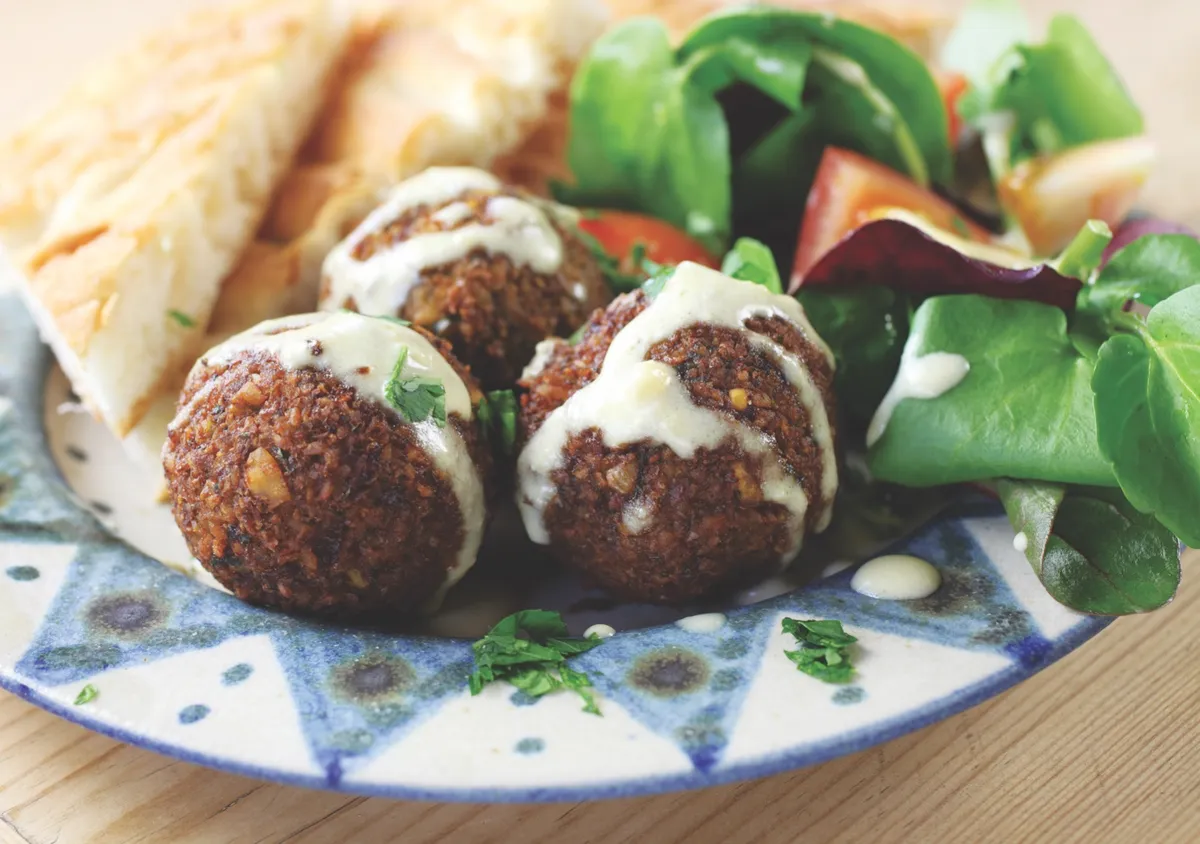
Try these authentic Egyptian falafels made with split fava beans
Recipe: fava bean bessara
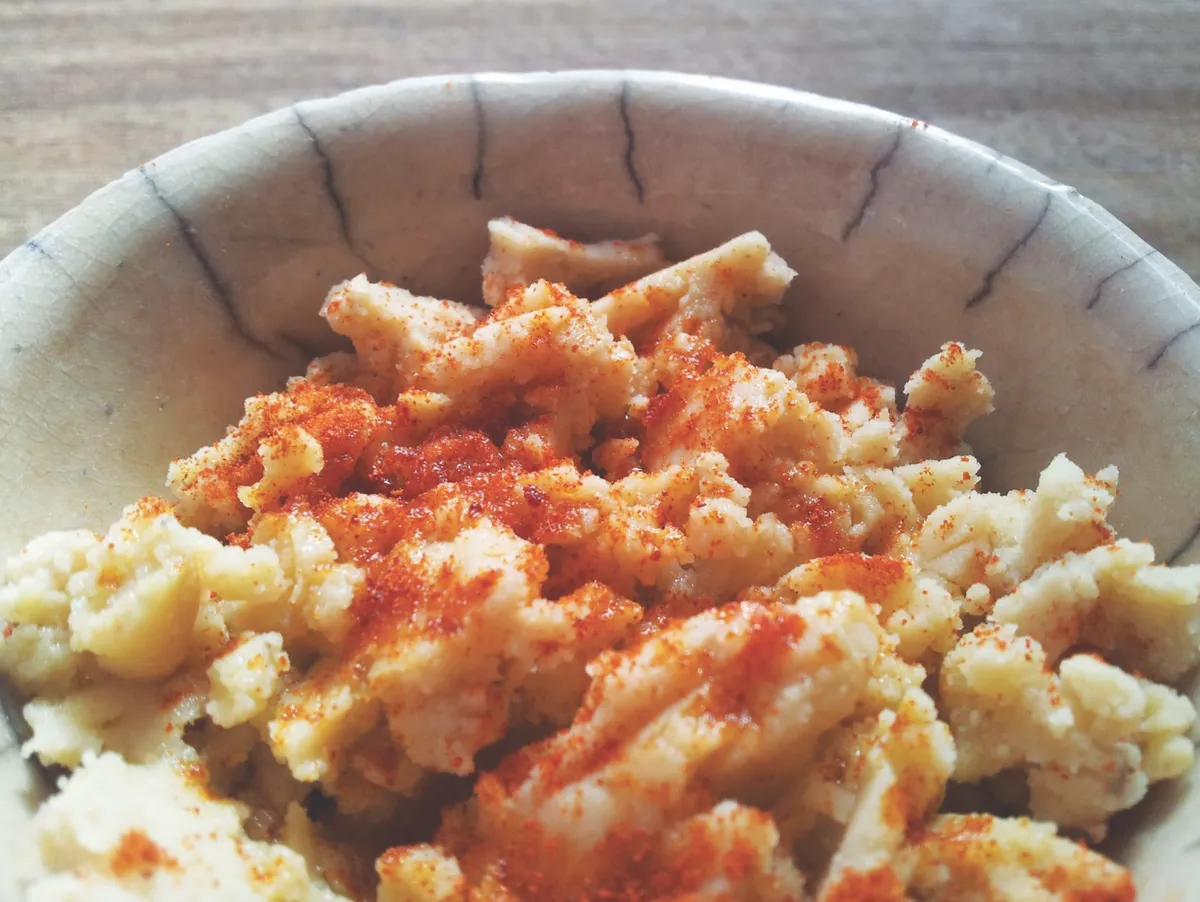
Use locally grown fava beans to make this classic Moroccan dip.
Recipe: bessara soup
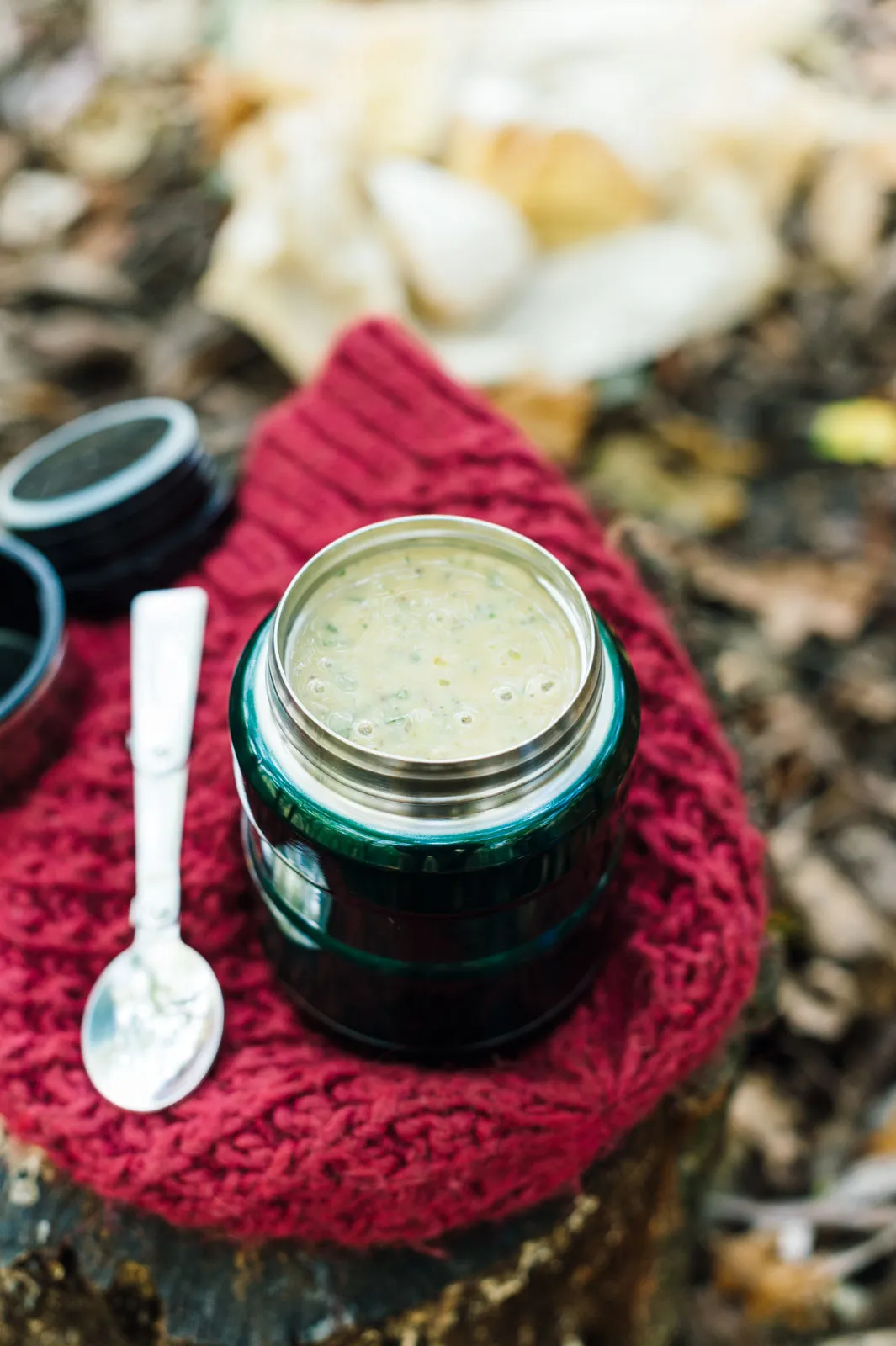
Make this tasty Middle Eastern soup - traditionally made with dried fava beans and a touch of chilli.

